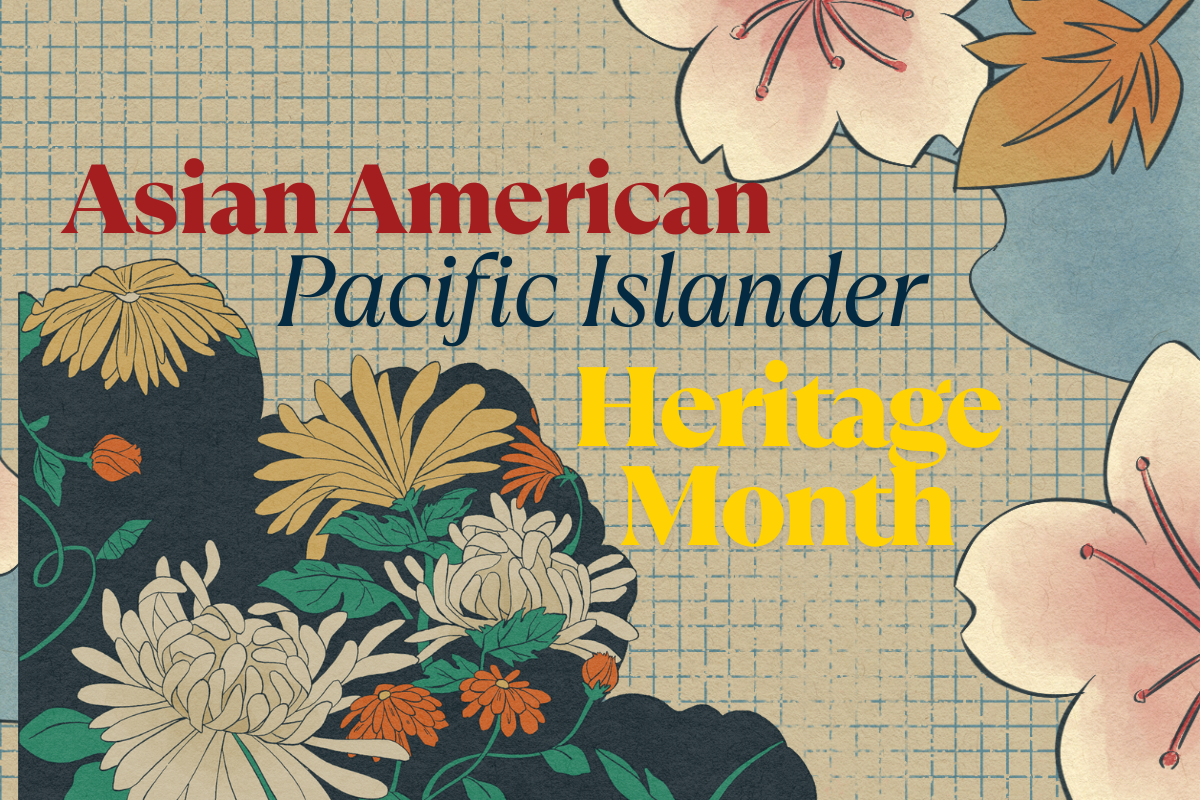3 Emerging Trends in Project Management
PUBLISHED:
3 Emerging Trends in Project Management
Project management tools, methods, and technologies keep evolving, giving managers new ways to create, manage, and execute projects. At CIAM, we equip learners with the skills and confidence to develop their professional edge in project management. Our MBA project management courses cover the fundamentals and key concepts of project analysis and organizational management. Here is more information about three emerging trends in the field of project management:
1. Evolving Technology
Project management tools and technologies are constantly evolving. The advent of low-code and no-code development allows project managers to design custom in-house management tools. Modern project management tools are built to seamlessly integrate with existing time tracking, resource management, CRM, and accounting software. Project managers can also use other management software, including portfolio management, collaboration, data analytics, visualization, and change management platforms. Project managers and their teams use rapidly advancing technologies like automation, artificial intelligence, and machine learning. These technologies, rapid growth rates and improvements
can make software selection challenging. Digital project managers must expand their skill set to evaluate and prioritize the right technology that can adapt to new advancements. Our MBA project management courses can give you an understanding of efficient project management software to help you identify, evaluate, and adopt the right technology for your projects.
2. Hybrid Methodologies
Project management methodologies have evolved from traditional Waterfall to Agile approaches, but hybrid models are gaining the most traction. Organizations are shifting from a single-methodology system to hybrid models involving multiple project management methodologies that allow for more flexibility. Project managers can borrow ideas from different methodologies to match their work environments. They have multiple methodologies to consider when looking for the right fit for their projects and environments, like Scrum, Six Sigma, and Lean. Traditional approaches like Waterfall focus on strict process planning and future analysis for risk mitigation. Modern Agile methodologies offer the flexibility to change paths during the project with adaptive teams and simpler task objectives. Agile approaches work great for software development teams. CIAM helps students explore these methodologies by offering a course in project management in practice. The course explores key concepts and emerging trends in project management methodologies.
3. Remote Work
The preference for remote and contract work has risen, with staffers and freelance project managers opting for distributed project teams. Location dependence is being phased out, and project managers are adapting their strategies to manage remote teams. Remote work involves optimizing communication systems and maintaining team cohesion and project transparency. This new workspace also propels collaborative innovations like cloud-based project management software and video conferencing platforms. Digital project management is a high-demand freelancing skill, and more companies are embracing remote project managers and co-working arrangements. Project managers must reevaluate their processes and schedules to accommodate teams in different time zones and cultures. This digital environment also increases project managers reliance on data analysis and software tools to reduce project complexity. Project managers can use management software to review reports, issue new assignments and briefings, and monitor task progress remotely.
Enroll in the MBA Project Management Program
CIAM is dedicated to teaching the philosophies of management as a liberal art and offers several MBA program emphases, including project management. Our MBA project management course gives students the practical tools to guide projects in marketing, finance, healthcare, accounting, and other industries. Contact us today to learn more about our project management courses and how they can help develop your professional skills.



